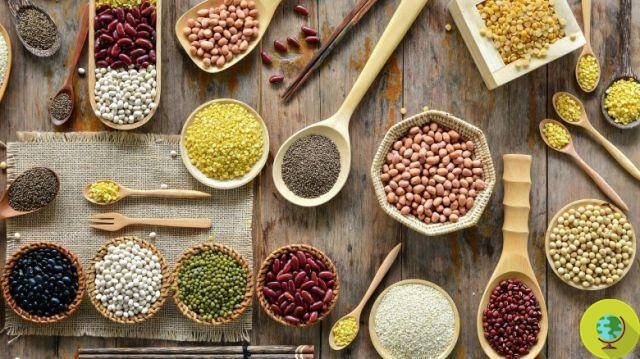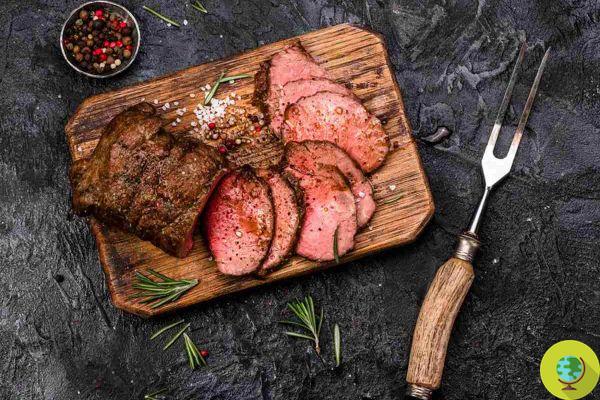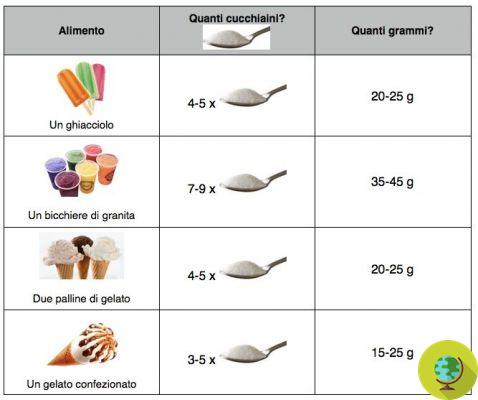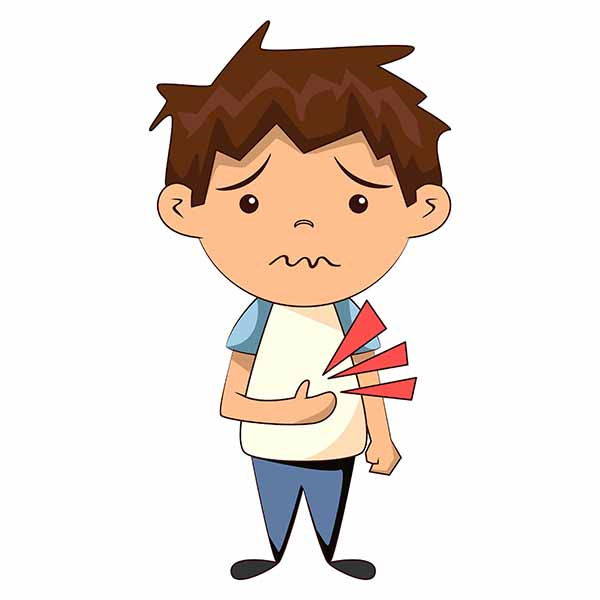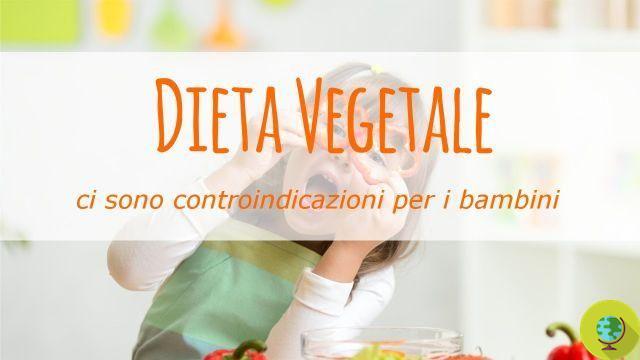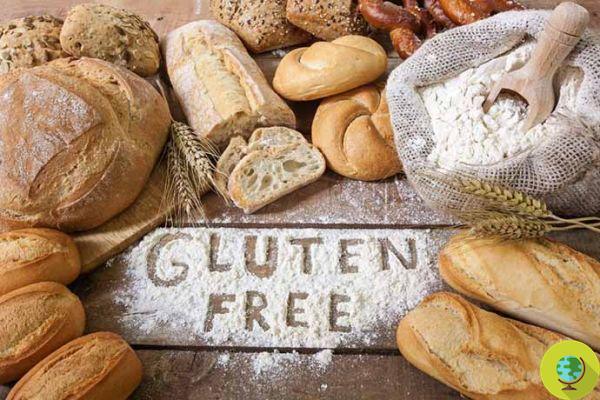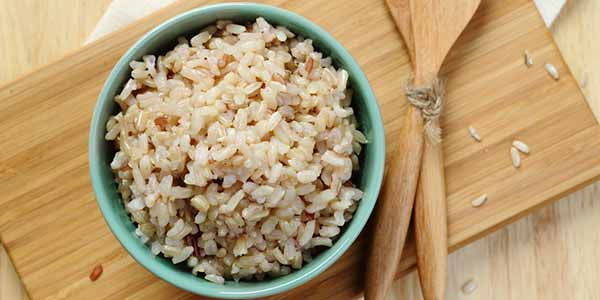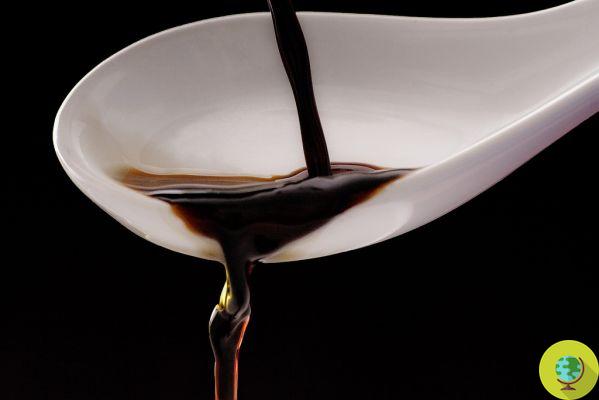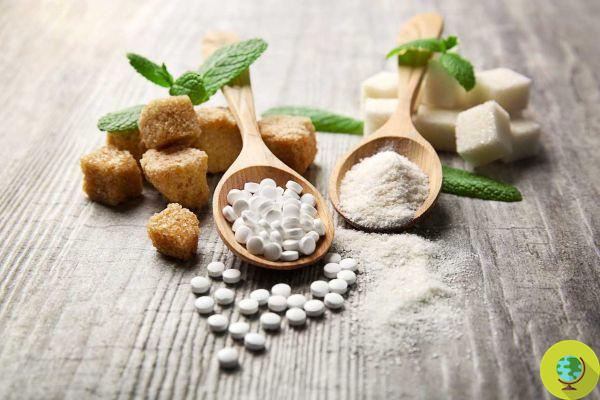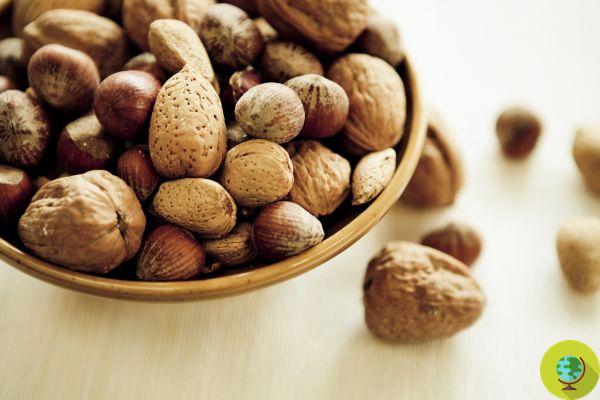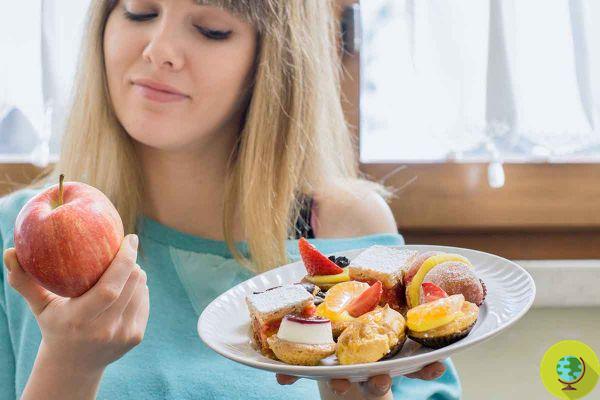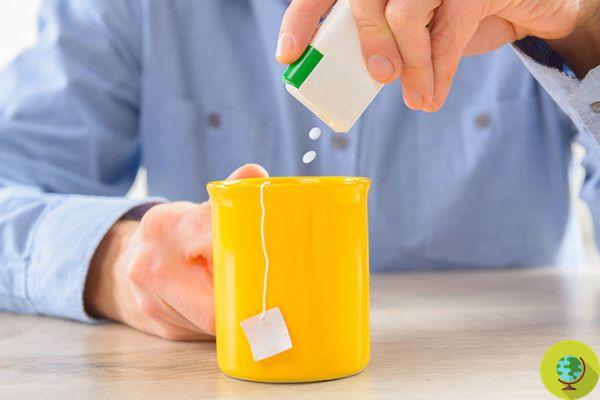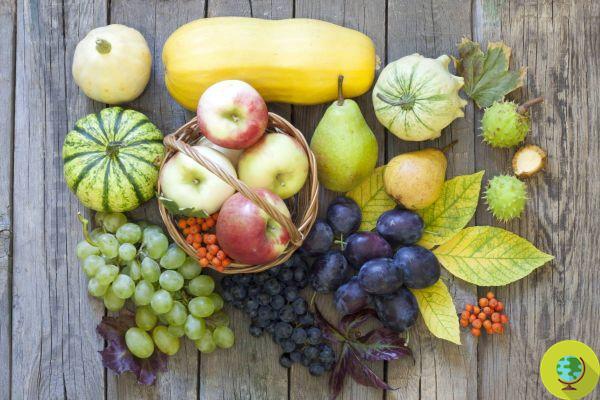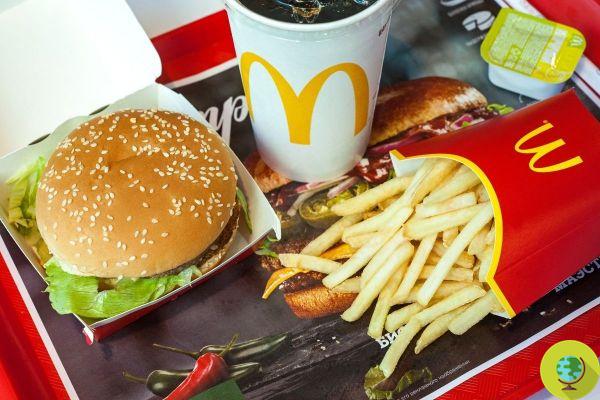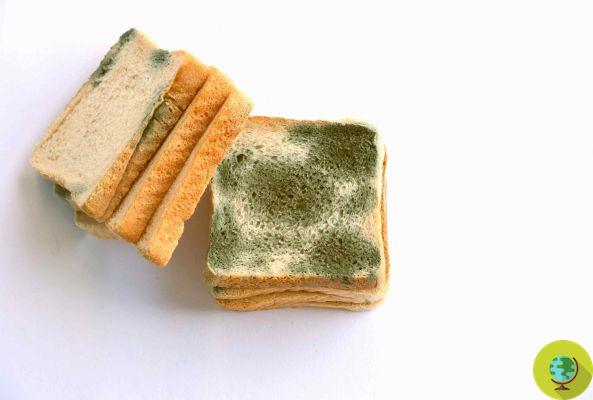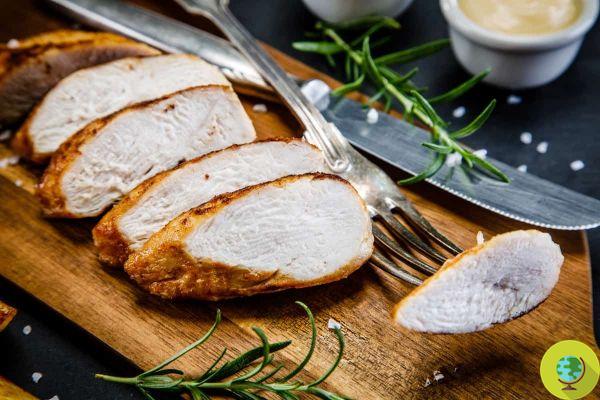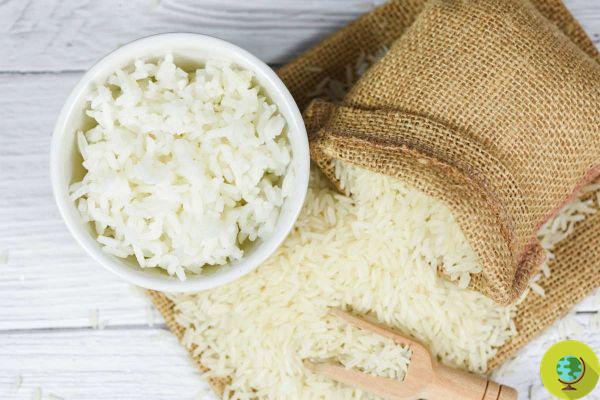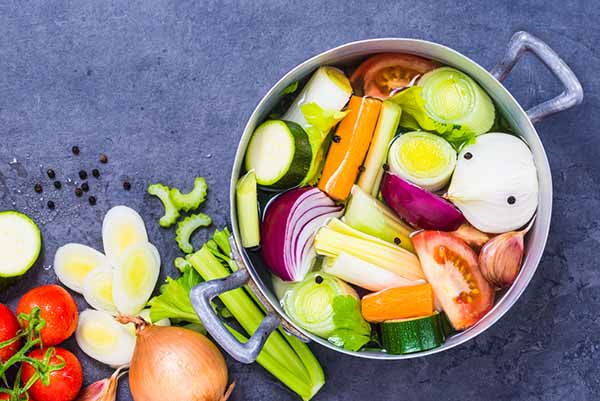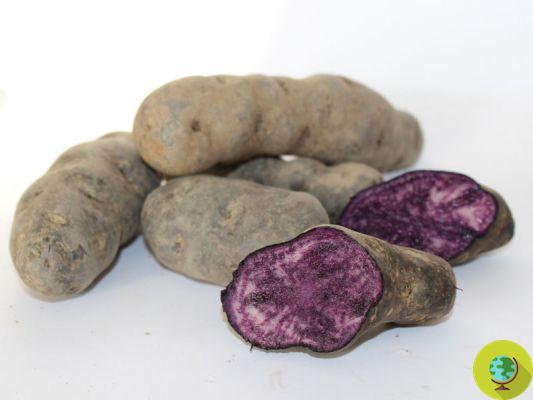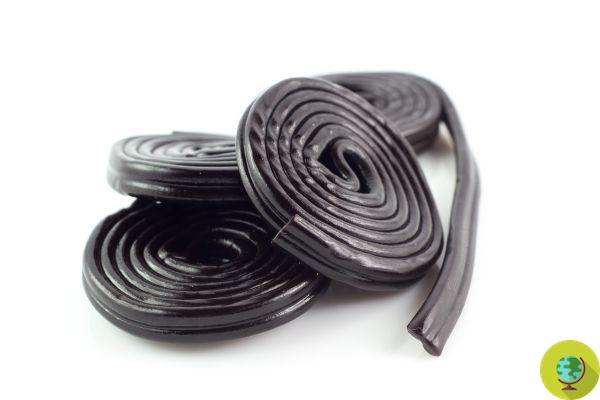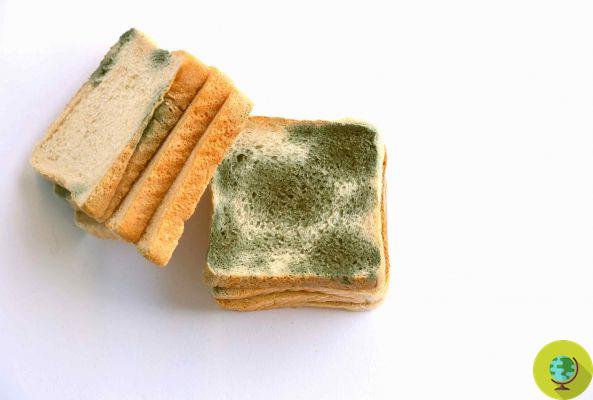
When we see mold appear on our foods, we immediately get alarmed. But when is it really dangerous and when is it enough to remove it to be able to safely consume the underlying food?
Don't store avocado like this: it's dangerous
When we see the mold we immediately get on the alert. But when it's really dangerous and when instead is it enough to remove it to be able to safely consume the underlying food?
The term mold means different microscopic fungi that can develop on walls, floors, various surfaces, objects, etc. Not even foods are exempt (for example fruit, vegetables, bread or jams) on which, if there are certain conditions in terms of humidity and temperature, we can see spots of white, grayish, yellow-orange or green.
Molds are not always dangerous or harmful, let's think for example of penicillin (antibiotic) or more simply of those used to produce some cheeses such as gorgonzola or for the fermentation of soy sauce.
However, there are some that produce mycotoxins, toxic substances harmful to health that can trigger gastrointestinal disorders but also create problems for organs such as kidneys and liver as well as cause asthma, rhinitis and allergies.
It is therefore good to know on which foods it is possible to remove mold consuming the rest quietly and which ones are to be thrown away immediately.
Index
Moldy foods to throw away
The foods that must be thrown away in case of mold are all those with a high moisture content or with a porous consistency. These could in fact be contaminated even below the external surface and therefore contain mycotoxins.
It is about:
- meat
- bacon
- sausages
- leftover cooked meat
- cooked cereals
- pasta
- fresh cheeses such as ricotta and mozzarella
- yogurt
- fruit juices
- very watery fruits and vegetables such as cucumbers, peaches and tomatoes
- bread and baked goods
- dried fruit (peanuts are very dangerous)
- XNUMX/XNUMX cup salted butter
In case one of these foods is contaminated with mold, close it immediately in a bag and put it out of the reach of children and animals. Carefully clean the part of the refrigerator where it rested and any utensils that have come into contact with the offending food.
Foods that can still be eaten
You can reuse them, just doing be careful to remove the part where the mold has developed:
- salami and ham
- hard cheeses
- solid fruits and vegetables such as cabbage, carrots, etc.
- jam (the presence of sugar that binds water protects it from spores)
Read also:
- 2 foods you can eat even if they have mold revealed in a test
How to avoid the appearance of mold
Store the different foods in suitable places e try to buy only what you really need avoiding accumulating too much and then letting go bad.
Once you have cooked some food, keep it well closed in glass containers and don't leave it out of the fridge, especially if the outside temperatures are high.
Leftovers should be consumed within a maximum of 4 days to prevent molds from developing.
Read also:
- Mold in food: when is it dangerous?
- Bread crust, why consume it in moderation (and never if there is mold)




